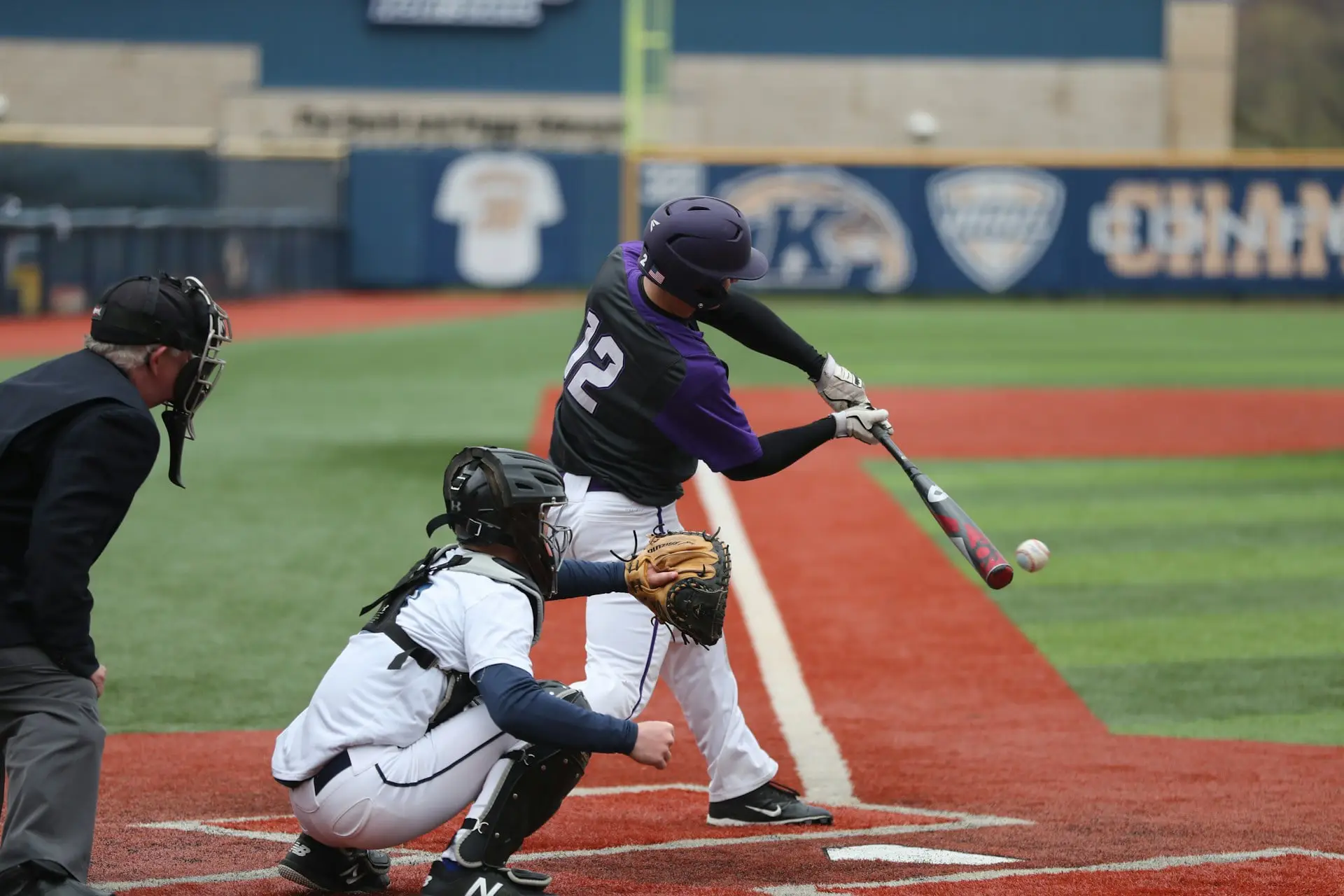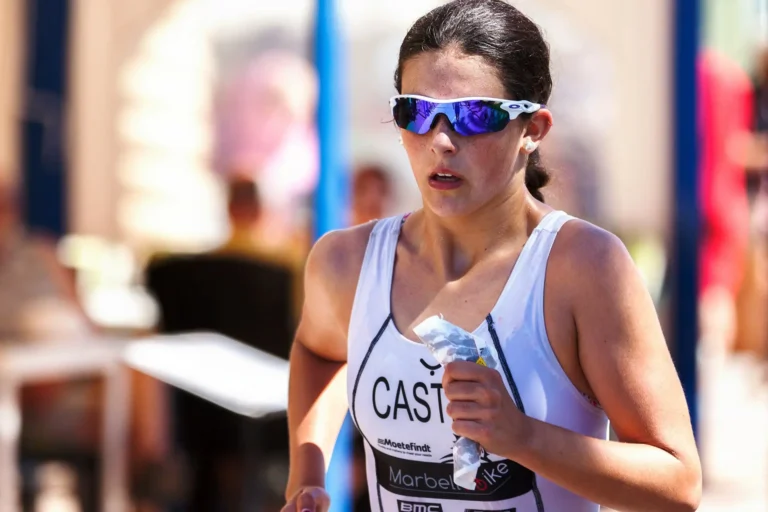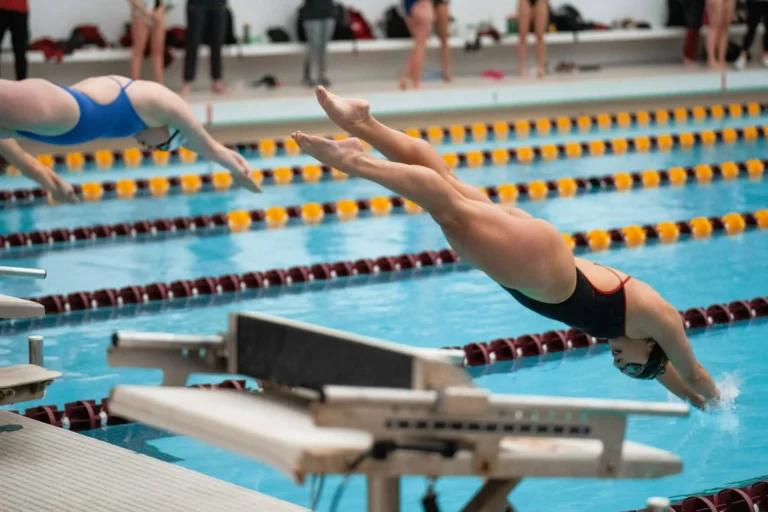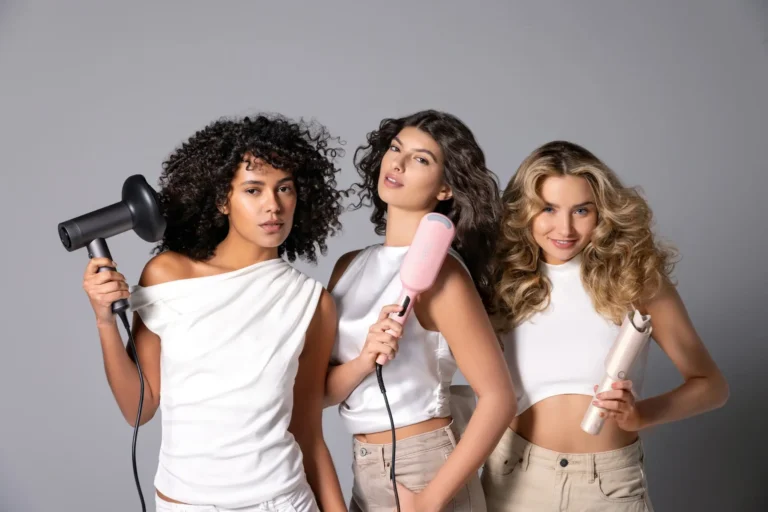The world of sports, long celebrated for its emphasis on teamwork, dedication, and fair play, has also been a battleground for social change. One of the most significant challenges in recent decades has been the struggle for LGBTQ inclusion in major sports. Despite progress in some areas, the sports world remains a complex and often hostile environment for LGBTQ athletes, coaches, and fans. This struggle is shaped by a combination of societal attitudes, institutional barriers, and the deeply ingrained culture of masculinity and heteronormativity that pervades many sports.
Historical Exclusion and Homophobia
Historically, sports have been a domain dominated by traditional notions of masculinity, where toughness, aggression, and heterosexuality were prized, and any deviation from these norms was met with suspicion or outright hostility. This culture of exclusion has had profound effects on LGBTQ athletes, many of whom have faced discrimination, harassment, or been forced to hide their sexual orientation or gender identity to avoid being ostracized.
Homophobia has been a persistent issue in sports, with slurs and derogatory language often used in locker rooms and on the field, creating an unwelcoming environment for LGBTQ individuals. This has led to a lack of visibility for LGBTQ athletes, as many choose to remain closeted out of fear of losing their careers, sponsorships, or being shunned by teammates and fans.


Progress and Breakthroughs
In recent years, there have been significant breakthroughs in the fight for LGBTQ inclusion in sports. High-profile athletes like Jason Collins, the first openly gay player in the NBA, and Megan Rapinoe, an openly lesbian soccer star and advocate for LGBTQ rights, have paved the way for greater visibility and acceptance. Their courage to live openly has inspired other athletes to come out, challenging the stereotype that LGBTQ individuals do not belong in the world of sports.
Professional sports leagues and organizations have also taken steps to promote inclusion. The National Football League (NFL), Major League Baseball (MLB), and the National Hockey League (NHL) have implemented policies against discrimination based on sexual orientation, and many teams have participated in LGBTQ pride events. The International Olympic Committee (IOC) has also made efforts to protect LGBTQ athletes, including guidelines that allow transgender athletes to compete in accordance with their gender identity.
Challenges and Continuing Struggles
Despite these advances, significant challenges remain. Transgender athletes, in particular, face complex issues regarding participation in sports that align with their gender identity. The debate over whether transgender women should compete in women’s sports, for example, has sparked heated discussions about fairness, biology, and inclusion. While some argue that transgender women have a physical advantage, others advocate for their right to compete and be recognized for who they are.







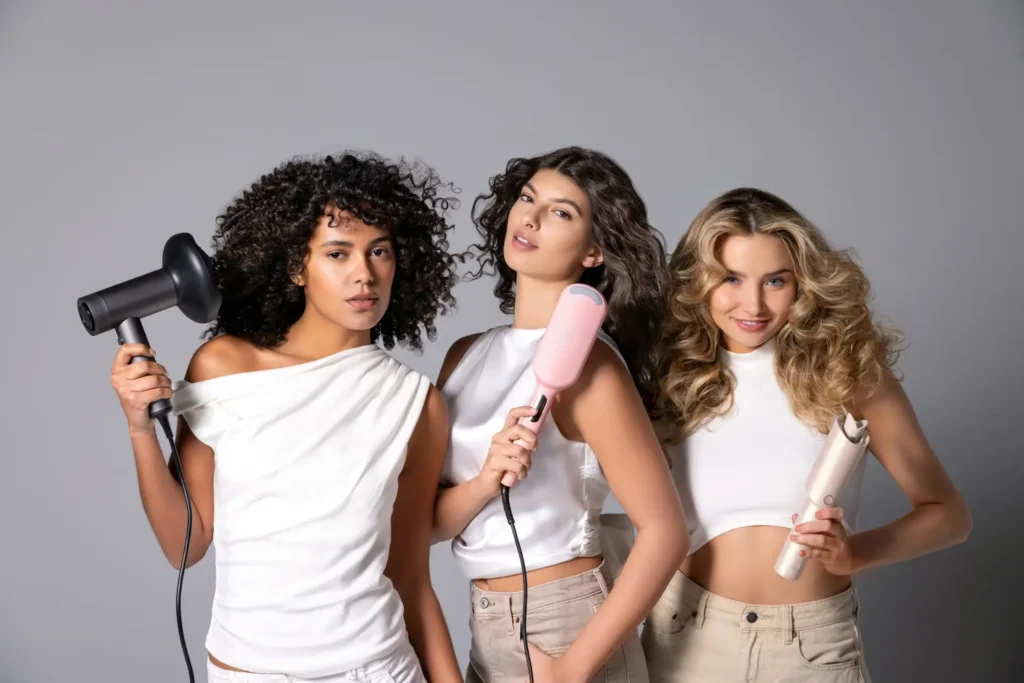


At the grassroots level, LGBTQ athletes still encounter discrimination and lack of support, especially in more conservative regions or in sports traditionally associated with hypermasculinity, such as football, wrestling, or boxing. Even in sports that are perceived as more inclusive, such as figure skating or gymnastics, LGBTQ athletes may still face subtle biases and pressure to conform to heteronormative standards.
The Role of Allies and Advocacy
Allies play a crucial role in promoting LGBTQ inclusion in sports. Coaches, teammates, fans, and sports organizations must actively work to create environments where all athletes feel safe and supported. This includes challenging homophobic or transphobic language, implementing inclusive policies, and providing education on LGBTQ issues. Advocacy groups like Athlete Ally and You Can Play have been instrumental in raising awareness and pushing for change within the sports community.
Conclusion
The struggle for LGBTQ inclusion in major sports is far from over, but progress is being made. As more athletes, teams, and organizations embrace diversity and inclusion, the culture of sports is slowly evolving to become more accepting of LGBTQ individuals. However, to achieve true equality, ongoing efforts are needed to address the remaining barriers and ensure that all athletes, regardless of their sexual orientation or gender identity, can compete and thrive in a supportive and inclusive environment.







